A theory of consciousness should capture its phenomenology, characterize its ontological status and extent, explain its causal structure and genesis, and describe its function. Here, I advance the notion that consciousness is best understood as an operator, in the sense of a physically implemented transition function that is acting on a representational substrate and controls its temporal evolution, and as such has no identity as an object or thing, but (like software running on a digital computer) it can be characterized as a law. Starting from the observation that biological information processing in multicellular substrates is based on self organization, I explore the conjecture that the functionality of consciousness represents the simplest algorithm that is discoverable by such substrates, and can impose function approximation via increasing representational coherence. I describe some properties of this operator, both with the goal of recovering the phenomenology of consciousness, and to get closer to a specification that would allow recreating it in computational simulations.
Category: biological – Page 86
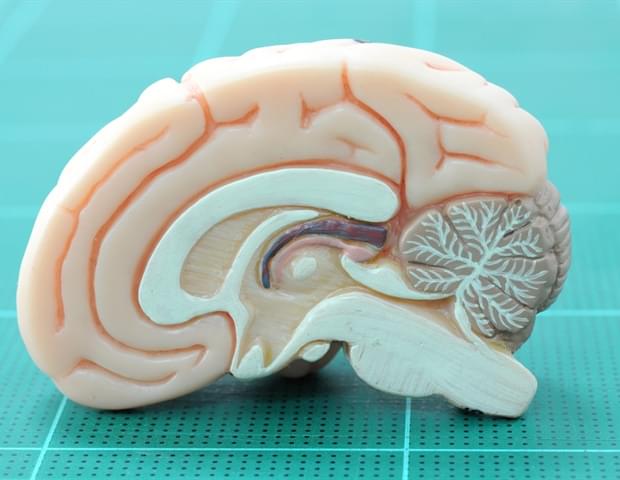
Using neuromorphic engineering to reinvent visual processing systems with a biological inspiration
As computer vision (CV) systems become increasingly power and memory intensive, they become unsuitable for high-speed and resource deficit edge applications — such as hypersonic missile tracking and autonomous navigation — because of size, weight, and power constraints.
At the University of Pittsburgh, engineers are ushering in the next generation of computer vision systems by using neuromorphic engineering to reinvent visual processing systems with a biological inspiration — human vision.
Rajkumar Kubendran, assistant professor in Pitt’s Swanson School of Engineering and senior member at the Institute of Electrical and Electronics Engineers (IEEE), received a Faculty Early Career Development (CAREER) award from the National Science Foundation (NSF) for his research on energy-efficient and data-efficient neuromorphic systems. Neuromorphic engineering is a promising frontier that will introduce the next generation of CV systems by reducing the number of operations through event-based computation in a biology-inspired framework.
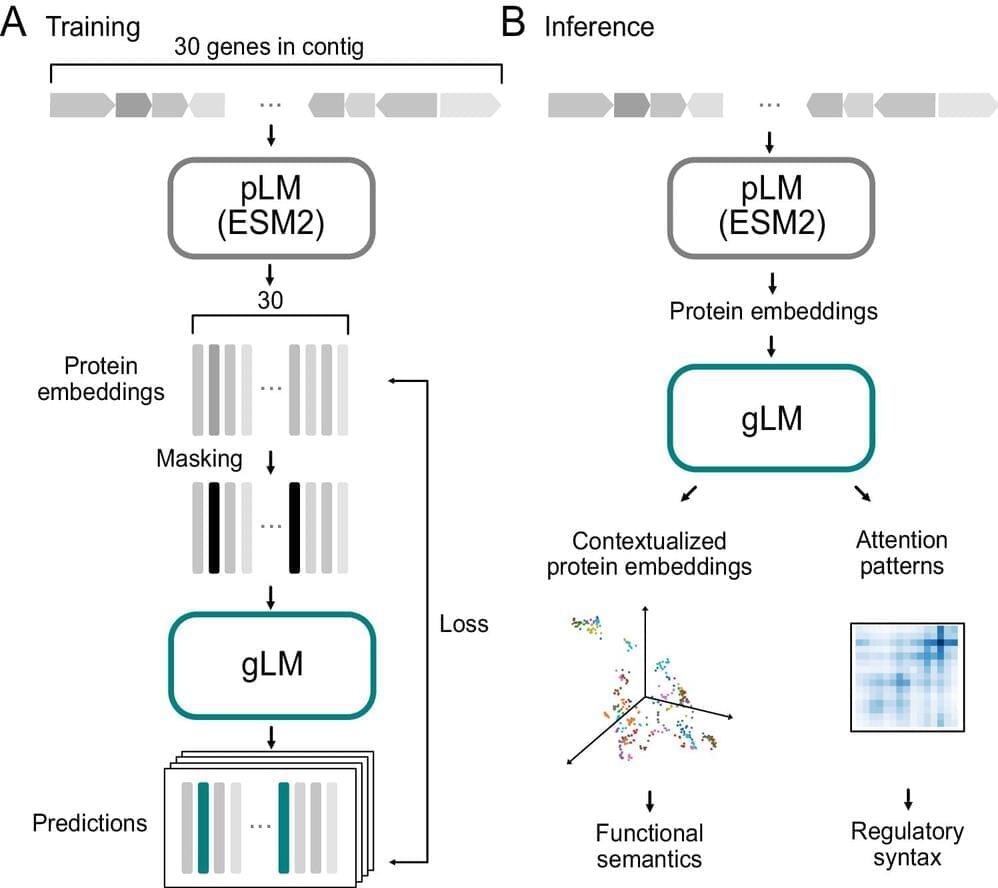
Deciphering genomic language: New AI system unlocks biology’s source code
Artificial intelligence (AI) systems like ChatGPT have taken the world by storm. There isn’t much in which they’re not involved, from recommending the next binge-worthy TV show to helping navigate through traffic. But can AI systems learn the language of life and help biologists reveal exciting breakthroughs in science?
Tim Maudlin — What is Strong Emergence?
Watch more videos on complexity and emergence: https://bit.ly/3TxyQBmThe world works at different levels—fundamental physics, physics, chemistry, biology, ps…
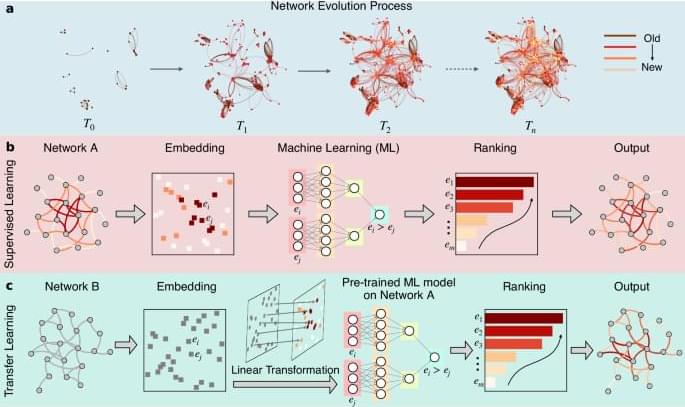
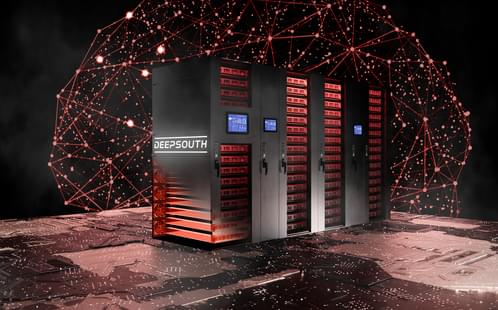
World first supercomputer capable of brain-scale simulation being built at Western Sydney University
😗😁😘 year 2023.
The world’s first supercomputer capable of simulating networks at the scale of the human brain has been announced by researchers at the International Centre for Neuromorphic Systems (ICNS) at Western Sydney University.
DeepSouth uses a neuromorphic system which mimics biological processes, using hardware to efficiently emulate large networks of spiking neurons at 228 trillion synaptic operations per second — rivalling the estimated rate of operations in the human brain.
ICNS Director, Professor André van Schaik says DeepSouth stands apart from other supercomputers as it is purpose-built to operate like networks of neurons, requiring less power and enabling greater efficiencies. This contrasts with supercomputers optimised for more traditional computing loads, which are power hungry.
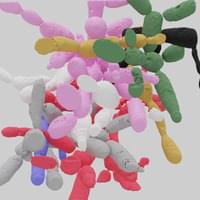
Morphological Entanglement in Living Systems
Wires and cables are not the only things that can get entangled: Plants, fungi, and bacteria can all exhibit filamentous or branching growth patterns that eventually become entangled too. Previous work with nonliving materials demonstrated that entanglement can produce unique and desirable material properties, but achieving entanglement requires meticulously engineered material structure and geometry. It has been unclear if the same rules apply to organisms, which, unlike nonliving systems, develop through a process of progressive growth. Through a blend of experiments and simulations, we show that growth easily produces entanglement.
Specifically, we find that treelike growth leads to branch arrangements that cannot be disassembled without breaking or deforming branches. Further, entanglement via growth is possible for a wide range of geometries. In fact, it appears to be largely insensitive to the geometry of branched trees but instead depends sensitively on how long the organism can keep growing. In other words, growing branched trees can entangle with almost any geometry if they keep growing for a long-enough time.
Entanglement via growth appears to be largely distinct from, and easier to achieve than, entanglement of nonliving materials. These observations may in part account for the broad prevalence of entanglement in biological systems, as well as inform recent experiments that observed the rapid evolution of entanglement, though much still remains to be discovered.

Rich People Hiking Mount Everest Now Forced to Bring Their Poop Back With Them
The problem with just leaving poop on the highest peak in the world is that the environ’s extremely cold temperatures are not at all conducive to degrading biological matter. In addition, poop runoff is a problem at lower elevations — to the degree that they’ve contaminated the local watershed.
Basically, Mount Everest is covered in human feces. It’s a problem that hikers, sherpas and local officials have been complaining about for years.
But now, according to CNN, new poop rules are in place. If you want to climb Mount Everest from Nepal, the most common entryway, you gotta take your crap back with you instead of leaving it on the mountain.
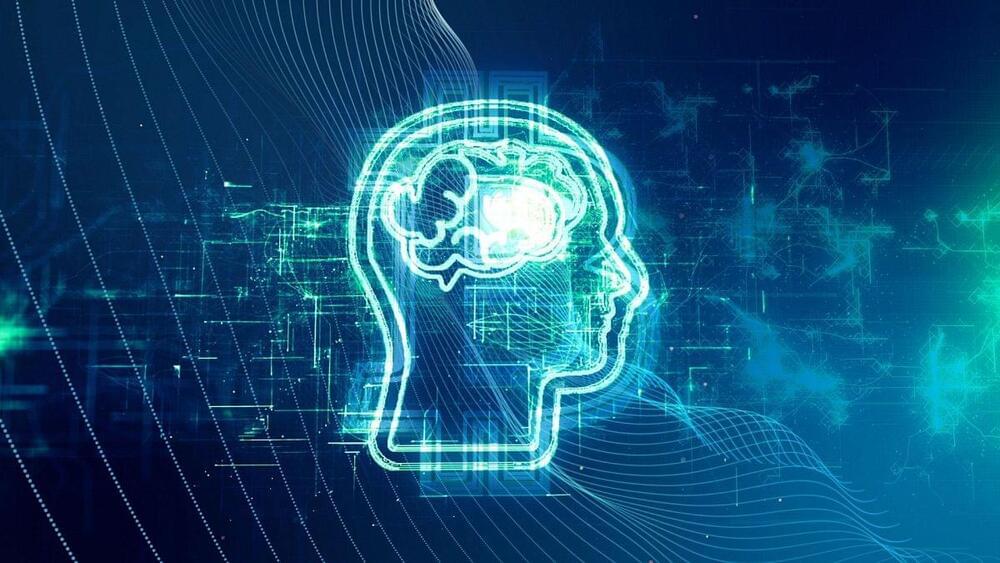
Physicist says his study supports computer simulation theory
Very interesting article.
Now a physicist working at the University of Portsmouth in the UK has published research in the AIP Advances journal that he says provides support to the strange theory.
“I don’t want to paraphrase Morpheus from The Matrix but he said ‘what is real?’” the Associate Professor of Physics, Dr Melvin Vopson, said.
“All the senses that we have, they’re just electrical signals that are being decoded by our brains. What this is is a biological computer. There’s nothing more,” he added.

How Is Flocking Like Computing?
Birds flock. Locusts swarm. Fish school. Within assemblies of organisms that seem as though they could get chaotic, order somehow emerges. The collective behaviors of animals differ in their details from one species to another, but they largely adhere to principles of collective motion that physicists have worked out over centuries. Now, using technologies that only recently became available, researchers have been able to study these patterns of behavior more closely than ever before.
In this episode, the evolutionary ecologist Iain Couzin talks with co-host Steven Strogatz about how and why animals exhibit collective behaviors, flocking as a form of biological computation, and some of the hidden fitness advantages of living as part of a self-organized group rather than as an individual. They also discuss how an improved understanding of swarming pests such as locusts could help to protect global food security.
Listen on Apple Podcasts, Spotify, Google Podcasts, TuneIn or your favorite podcasting app, or you can stream it from Quanta.